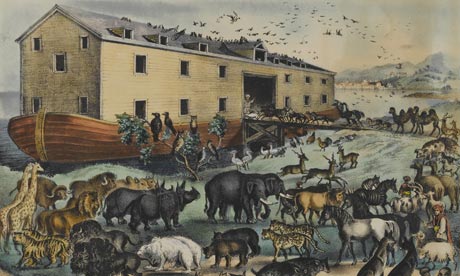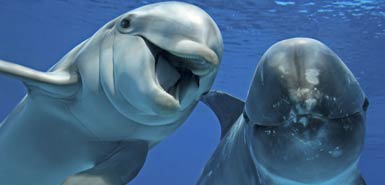
© Brooklyn Museum/CorbisA 19th-century illustration by Currier & Ives shows the traditional vision of Noah’s ark.
That they processed aboard the enormous floating wildlife collection two-by-two is well known. Less familiar, however, is the possibility that the animals Noah shepherded on to his ark then went round and round inside.
According to newly translated instructions inscribed in ancient Babylonian on a clay tablet telling the story of the ark, the vessel that saved one virtuous man, his family and the animals from god's watery wrath was not the pointy-prowed craft of popular imagination but rather a giant circular reed raft.
The now battered tablet, aged about 3,700 years, was found somewhere in the Middle East by Leonard Simmons, a largely self-educated Londoner who indulged his passion for history while serving in the RAF from 1945 to 1948.
The relic was passed to his son Douglas, who took it to one of the few people in the world who could read it as easily as the back of a cornflakes box; he gave it to Irving Finkel, a British Museum expert, who translated its 60 lines of neat cuneiform script.
There are dozens of ancient tablets that have been found which describe the flood story but Finkel says this one is the first to describe the vessel's shape.


Comment: Chemo Does Not Cure: Often It Inflicts Damage and Spreads Cancer